

Dear readers,
A bitter week for British sailor Simon Curven. Since the start of the Golden Globe Race in September, he has been leading the field of daredevil sailors in their small boats. Now only the notorious Cape Horn lies ahead of his bow, then finally the course change to the north. A schrick in the sheets and bring the boat home.
Instead, the race seems to have come to a surprising end for him, as his Biscay 36 suffered a knockdown in the Southern Ocean a few days ago. But not without taking a beating: The rig remained standing, but the sprayhood is hanging in tatters and - much worse - his precious wind steering system is also damaged. The most important piece of equipment for a single-handed sailor.
As the Golden Globe Race relies on historical technology, there is no electric autopilot on board. Curven's options are therefore straightforward: either steer the last 8000 nautical miles by hand - or call at a port of refuge, make repairs and give up the lead. And victory.
It is extremely rare in the history of sailing for a record race to be cancelled due to a broken wind steering system. I don't even think so. After all, for many decades and across generations of blue water sailors, the wind steering system has been regarded as the most reliable co-sailor. Some long-distance sailors even develop such an intimate relationship with their wind steering system over the course of a voyage that they actually give it a name, as if it were a fellow sailor.
And somehow the systems never seem to go out of fashion.
It was about twelve years ago that I wrote the last story about wind steering systems in YACHT - and at the time I also put forward a bold title: "Wind is the best helmsman".
At the time, I was completely convinced. Autopilots on cruising yachts were nowhere near as advanced as they are today - and I was also a die-hard fan of wind steering systems who had learnt to appreciate the advantages on transatlantic cruises. They simply don't need any power at all and almost no maintenance.
Wilfried Erdmann also repeatedly wrote in his books that he only gave his "Aries" a bit of dishwashing liquid from time to time to lubricate it and moved the chafe marks on the steering lines. He sailed round the world twice non-stop on "Kathena Nui" with the same wind steering system. Although a reserve system was on board both times, it was never needed. It is not without reason that 40-year-old Aries models are never sold for less than 2000 euros.
Failures due to mechanical breakage hardly ever occur. After consulting the Aries manufacturer, I learned that such systems can only be destroyed mechanically, i.e. by a collision during harbour manoeuvres, a whale, a shark biting off the rudder - or a severe knockdown. Otherwise they are indestructible.
The wind control system is old. It was developed around the year 1900. Not for yachts, but for model sailing boats. There were no remote control systems back then, so the hobbyists thought about how they could ensure that the boats travelled in a reasonably straight line. The solution was a small wind vane at the stern of the boats, which was connected to the rudder via two counter-rotating gear wheels. If the wind vane is set to a half-wind course and the boat then drops to a lower course, for example, the vane turns with it and aligns itself with the wind. The rudder is placed over the gears and the boat returns to a half-wind course. Boats with a wind steering system therefore always veer a little, but the bottom line is that they are travelling in the right direction.
It wasn't until decades after the modellers that yacht sailors also began to mount such systems on their boats and everyone was delighted because the boats went exactly where they were supposed to. The principle proved to be so simple and effective that such a system even steered Rüdiger Nehberg's "The Tree" across the Atlantic. I don't think this has ever been properly recognised. Once again: it steered "a tree" across the ocean!
Of course, physics imposes its natural limits on the adaptation of such a modelling solution. As the steering force is determined by the size of the wind vane, the vane had to be very large for larger boats. For this reason, the pendulum rudder system was developed in the 1960s, which is still state of the art today: the wind vane simply provides a steering impulse that activates the pendulum rudder suspended in the water. It floats in the passing water and builds up the steering force, which is transferred to the tiller or steering wheel via lines. As simple as it is ingenious. In the sixties, Blondie Hasler began to build his "Hasler system" in series, until then he had only built his own. Bobby Schenk was probably the first German to sail around the world with such a series system on his Fähnrich 34.
As great and easy to maintain as wind steering systems are: The operation takes some getting used to. After all, there is no button to activate the system; you really have to understand the system. To start up, the pendulum rudder is first folded into the water, the steering lines are connected to the wheel or tiller depending on the model, the boat is trimmed and set on course, the system is engaged and then corrected again and again until the boat is on course. A little fine-tuning in between. A wind steering system is not for short strokes in coastal waters, but only a solution if the boat is travelling straight ahead for long enough. If the wind direction changes (which fortunately doesn't usually happen too quickly on the Atlantic), then you sail in a different direction.
For decades, every budding blue water sailor knew that if you were going on a long voyage, you needed a wind steering system. It is the first purchase when equipping a boat for long-distance sailing. As I said, I myself have always been the biggest fan of wind steering systems. I sailed across the Atlantic with them four times. On small boats under ten metres.
But when we switched to our first large boat, a 43-foot catamaran, we also had a proper autopilot on board for the first time, a linear drive from Raymarine. Not a completely modern system either, but very reliable, easy to activate, correct and deactivate if necessary.
And after a good three years, 20,000 nautical miles - a good 19,000 of them under autopilot - and an Atlantic crossing by boat, I am now of the opinion that the time of wind steering systems is finally over.
At least if you're not sailing non-stop around the world in a 40-year-old boat and aren't allowed to have any modern technology on board ... like the sailors in the Golden Globe Race.
However, if you want to sail around the Atlantic or around the world and have your autopilot mounted dry and well protected below deck, a wind steering system is simply no longer up to date. Thanks to lithium batteries, high-performance solar panels and alternator charge controllers, any modern Baltic yacht would be able to provide the necessary power to supply the autopilot for some time.
If you look at the ARC boats that set off across the Atlantic every year, you can still see some wind steering systems on the third of the smaller boats. However, I have the impression that many owners install them out of tradition, out of good seamanship. Because a long-distance boat has to have a wind steering system on board and, if the autopilot does fail, you don't want to hear from your club mates afterwards: "You set off without a wind steering system and then had to steer yourself? It's your own fault, every opti sailor knows that ..."
In recent years, I have repeatedly encountered very modern ships on the Atlantic with a 4.5 metre wide transom, on which an auxiliary rudder system was alibi-like mounted far off-centre next to the bathing platform. Far out so that the stairs remain free. Does the system work at all, or is the rudder of the wind steering system simply levered out of the water when the boat heels? A question that is discussed time and again. And often beaten to death with the argument that no owner has ever complained.
In my opinion: Because most people today only carry such a wind steering system as a backup and in reality the autopilot steers. In an emergency, if the autopilot fails, it is certainly an option as long as the boat is well trimmed, sails upright and downwind. Then the system has a chance. But it cannot be a solution for permanent steering over an ocean.
For my part, I would rather invest the money in something else: In a second, electric autopilot that I only have to switch to when necessary. Not just for reasons of comfort, because a wind steering system is too cumbersome for me. Or even because I'm such a technology freak that I secretly wish I had a button on board that said "circumnavigation" ...
But because I think that everything has its time. And sometimes you just have to let go of things that were good in the past, but for which there are much better solutions today.
(By the way: I also see the shortwave radio and Pactor modem as relics from days gone by. But I'll open that door another time ...)
Johannes Erdmann,YACHT blue water expert
Newsletter: YACHT-Woche
Der Yacht Newsletter fasst die wichtigsten Themen der Woche zusammen, alle Top-Themen kompakt und direkt in deiner Mail-Box. Einfach anmelden:
Click on it to click through
The week in pictures:
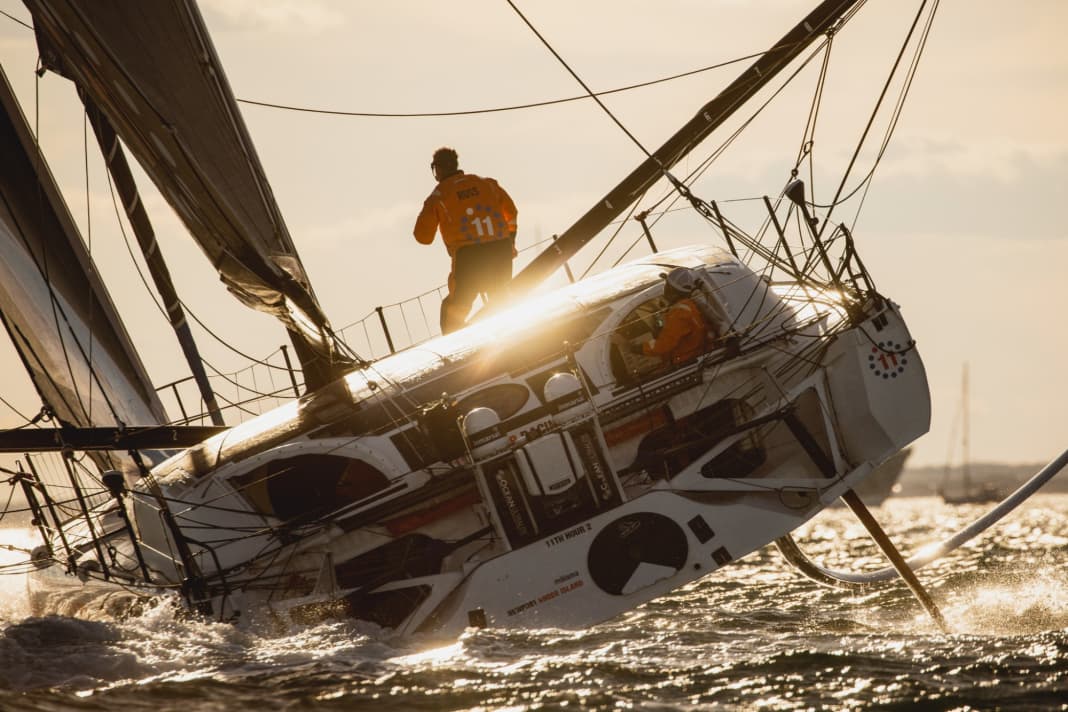





Recommended reading from the editorial team:

THE OCEAN RACE
Always up to date - daily updates
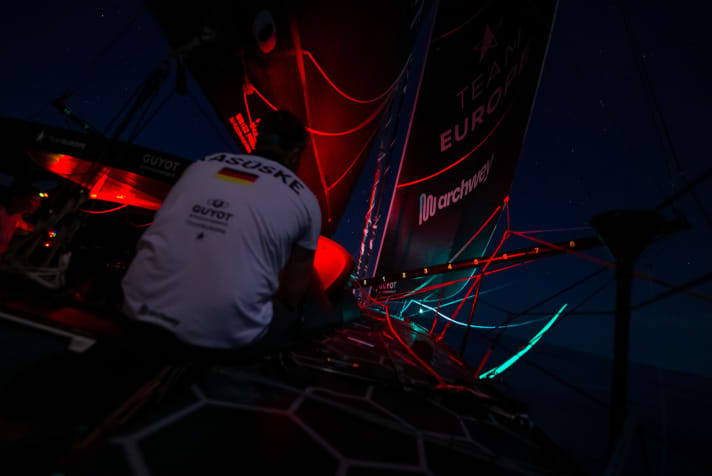
The Ocean Race fleet is currently on its way to Cape Town. Although the teams have now crossed the equator, nothing has been decided yet. Here on yacht.de you will find daily updates and background information on the race!
BOAT DÜSSELDORF
From satisfaction to euphoria
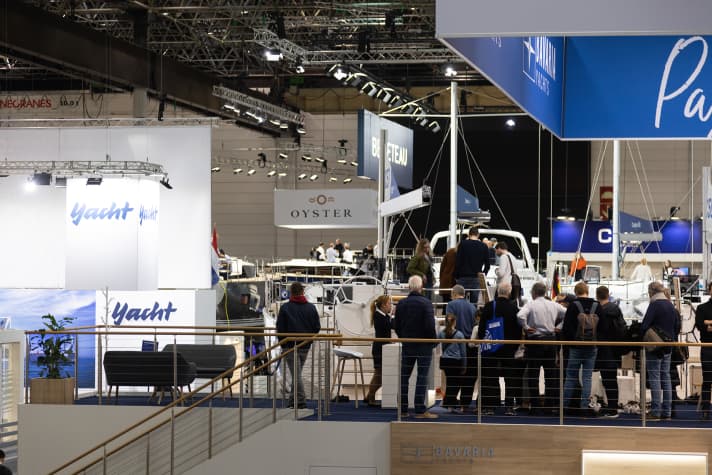
boot Düsseldorf 2023 closes with slightly fewer visitors but a consistently cheerful exhibitor community. Facts and opinions on the successful trade fair
ELAN IMPRESSION 43
Plenty of living space, high level of comfort, some new features
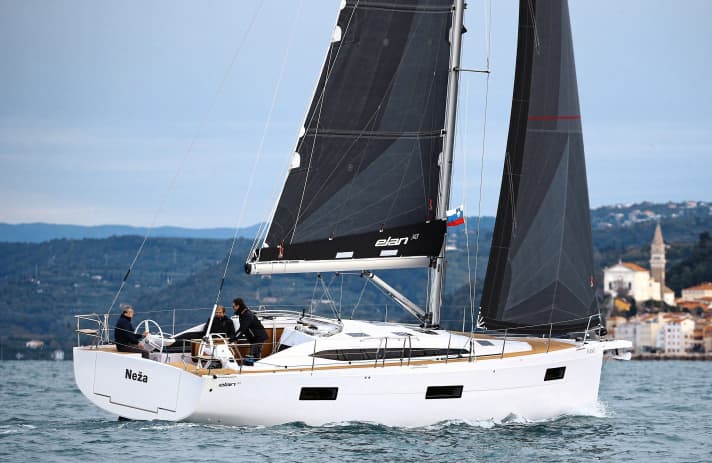
Elan Yachts is restructuring its touring programme. The Elan Impression 43 kicks things off, consistently aiming for plenty of living space and a high level of comfort and endeavouring to innovate. The YACHT test
VENDÉE GLOBE
Ocean sailor becomes a mother - sponsor backs out
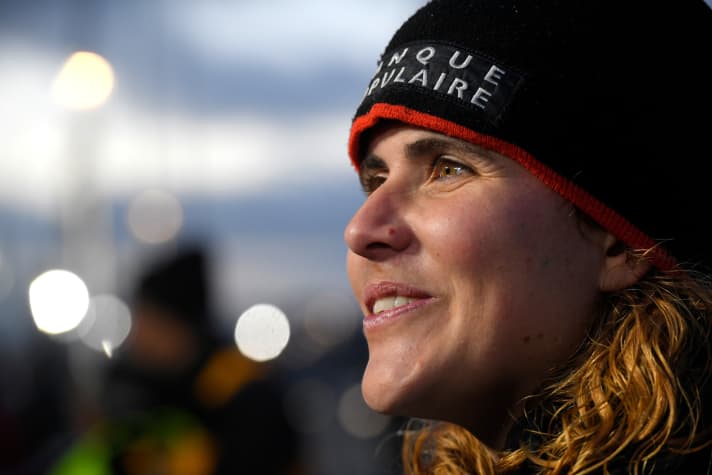
French ocean sailor Clarisse Crémer will not be able to take part in the Vendée Globe 2024 as planned. Her sponsor Banque Populaire announced today that they are looking for a replacement skipper due to her now fulfilled wish to have a child
SEEN EMERGENCY
Catamaran sinks due to defective emergency exit hatches
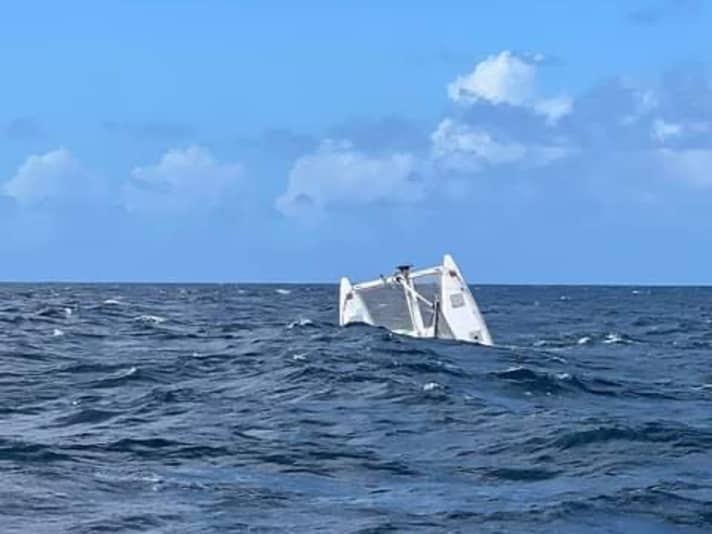
The sinking of a Lagoon 39 in the Caribbean raises the question of how many owners may not have been aware of the Goiot emergency escape hatch recall in 2020. According to all indications, the old hatch on the catamaran, which was built in 2013 and had not been replaced, was pushed out of the frame by a wave
AEOLOS P30
As hot as the desert where it is built
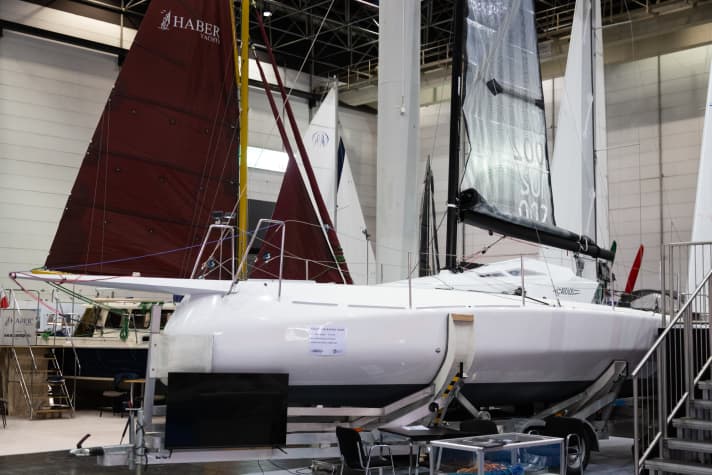
In Hall 15 at the boot trade fair in Düsseldorf, one boat in particular stands out visually: the new P30 from Aeolos Yachts. The extravagant design is polarising and the exciting concept makes a visit to the stand essential - and not just for regatta sailors
GOLDEN GLOBE RACE
Knockdown knocks Simon Curwen out of the rankings
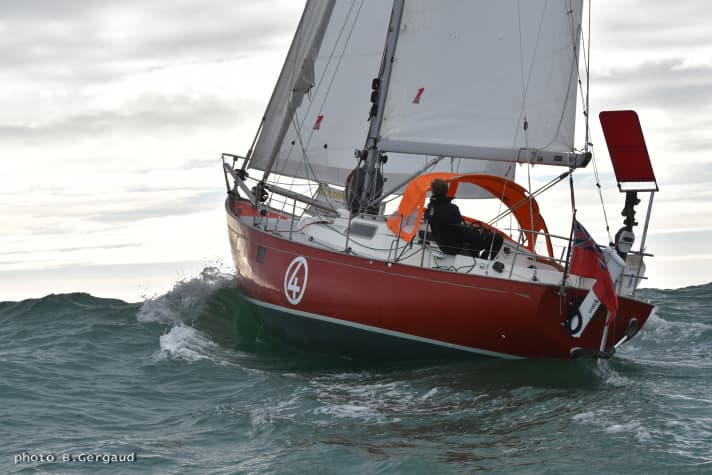
A wave in the Southern Ocean threw Simon Curwen's Biscay 36 flat on the water at the end of last week's Golden Globe Race, causing serious damage to his equipment. Among other things, the sprayhood and - much worse - the wind steering system of the single-handed sailor suffered considerable damage in the knockdown
PRESTE 18
Safe keel dinghy with racing potential
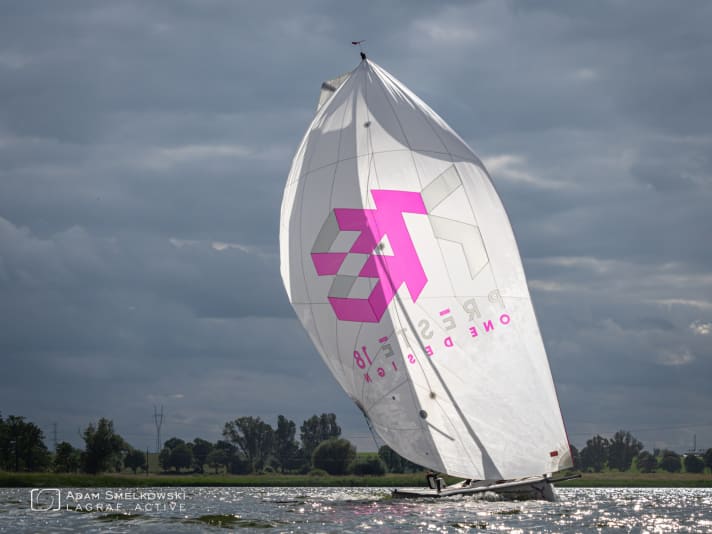
With the Preste 18 One Design, Preste Yachts from Poland presents a sporty keel dinghy that promises a high level of safety and stability at the same time. We took a look at the German premiere at boot Düsseldorf
Never miss anything again:
Newsletter: YACHT-Woche
Der Yacht Newsletter fasst die wichtigsten Themen der Woche zusammen, alle Top-Themen kompakt und direkt in deiner Mail-Box. Einfach anmelden:

